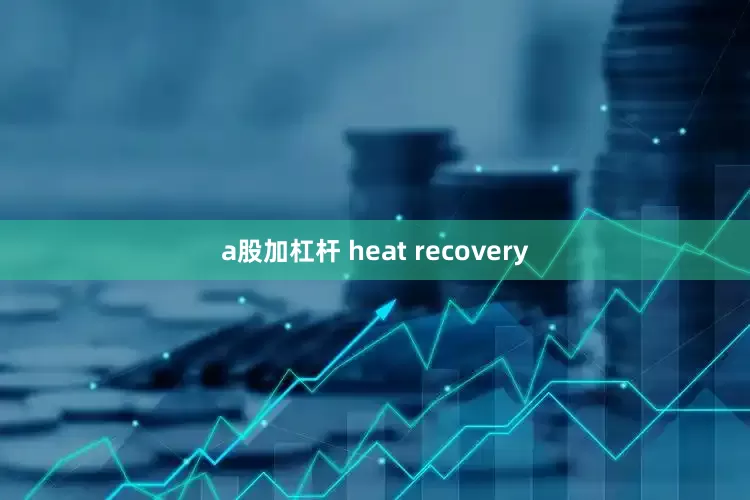
Farm Waste-to-Energy Systems
Farm waste-to-energy systems incinerate agricultural and food waste at high temperatures, generating steam that drives a turbine. The resulting electricity is then used for power generation or fed into the grid. Modern systems utilize advanced technologies for efficient combustion, heat recovery, and stringent exhaust gas purification to meet environmental standards, while also recovering valuable materials such as ash and scrap metal.
How It Works
Waste Collection and Delivery:
Garbage trucks deliver organic waste to silos, where it is sorted and transported to the combustion chamber by overhead cranes.
展开剩余77%Combustion:
In a specially designed furnace, waste is burned at high temperatures (e.g., 850°C or above), completely burning organic compounds and breaking down pollutants such as dioxins.
Steam Generation:
The heat generated by combustion converts water into high-pressure steam in a boiler.
Power Generation:
The steam drives the blades of a turbine, which is connected to a generator, generating electricity.
Emission Control:
Air pollution control systems remove particulate matter, gases, and other pollutants before exhaust. Ash Handling:
Remaining ash is collected and processed to remove any recyclable scrap metal before being safely transported to a landfill.
Key Components
Furnace/Combustion Chamber: This is where the waste is burned at high temperatures.
Boiler: This extracts heat from the flue gases to produce steam.
Turbine Generator: This converts the steam's energy into electricity.
Air Pollution Control System: This includes features such as baghouses to capture particulate matter and clean the flue gases.
Ash Handling System: This collects and processes bottom ash and fly ash.
Advantages and Considerations
Energy Recovery: This converts waste into usable energy, reducing dependence on fossil fuels.
Waste Reduction: This significantly reduces the amount of waste that would otherwise go to landfill.
Environmental Protection: Modern systems utilize advanced control measures to minimize air pollution and meet stringent emission standards.
Resource Recovery: This allows for the recovery of recyclable metals from the ash.
Sustainability: This contributes to a sustainable future by promoting resource recovery and reducing greenhouse gas emissions.
发布于:浙江省手机上买股票提示:文章来自网络,不代表本站观点。
- 上一篇:武汉股票配资公司最初需要极强的自制力
- 下一篇:没有了








